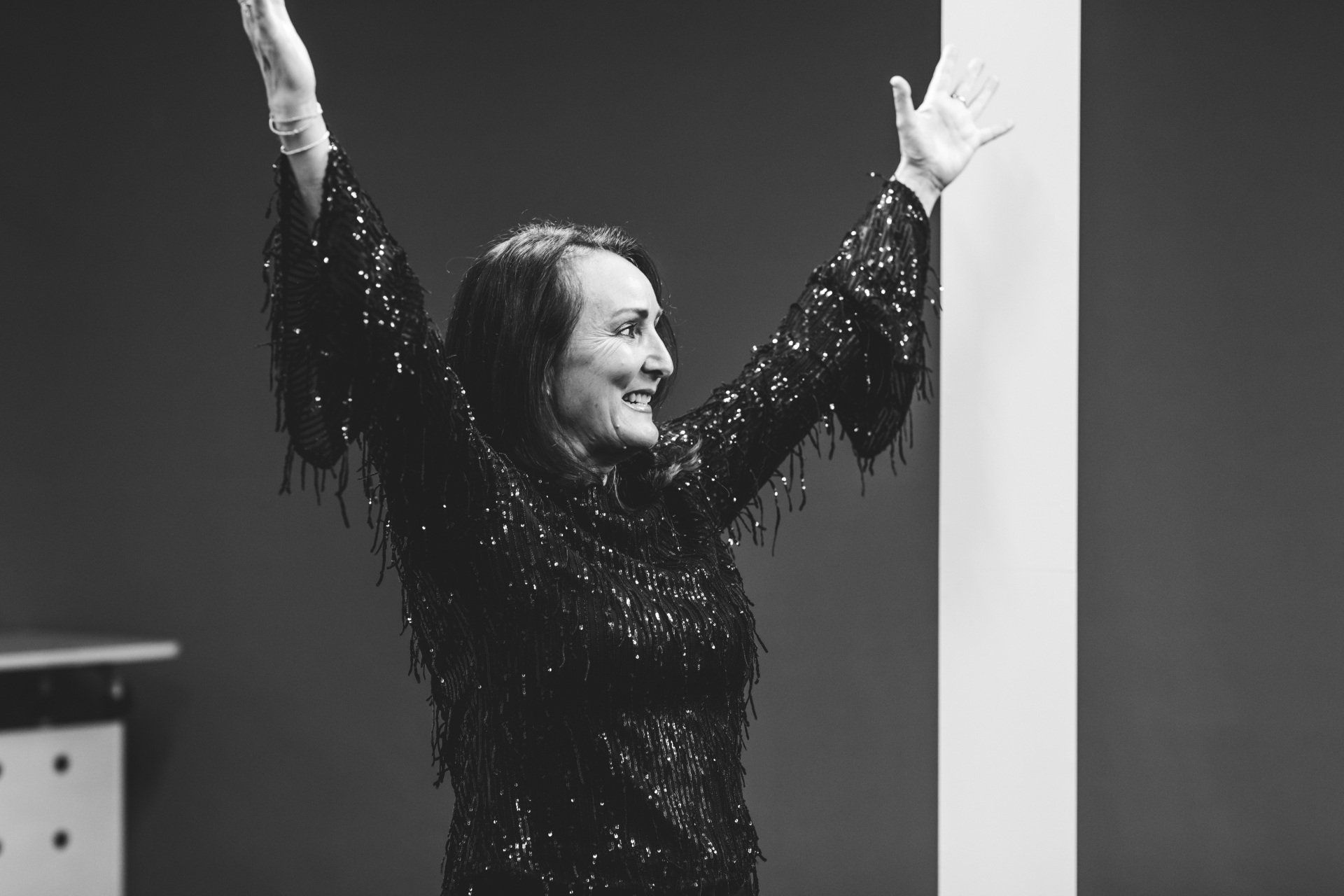No Thanks, I Don't Want To Go To A Botox Party
Lee Kelly • March 4, 2021
Is it really ok to temporarily paralyse facial muscles to look younger?
I recently received an online invitation to a Botox Party.
‘Botox and Bubbles’
it read. On it was outlined some of the procedures that I could receive from a ‘licensed professional’
whilst I drank champagne and ate hors-d’oeuvres.
Botox? And at a party with alcohol?
Maybe I’m old school or overly cautious, but if I was to even consider getting injected in my face with a substance made from a neurotoxin called Botulinum toxin, it would be in a clinic — sterile, professional and highly recommended.
I’m 55. People constantly tell me I look younger. Most weeks someone will comment on my skin, “You look
so vibrant, what do you use?”.
Or, “Have you had some work done?”
Of course, I feel flattered and appreciate the comments.
I take care of myself and I’ve always looked after my skin — I cleanse, use moisturiser, face tint with sunblock, hats and sunglasses in the sun. I drink a load of water, limited alcohol and coffee. I’m fit and exercise at least 4 times a week, get 8 hours sleep most nights and manage my stress levels by being vigilant about how much I ‘do’ every day.
Ten years ago I was offered a Botox treatment. I was beginning to notice fine lines developing at the corner of my eyes and on my forehead so it seemed timely. A friend booked us into a clinic, then I began to feel uneasy.
Was it safe to have Botox injections in my face?
How did I really feel about having some of my facial muscles temporarily paralysed?
What if I had an adverse reaction like drooping eyelids or unwanted paralysis in nearby muscles?
Wasn’t my plan to age gracefully — embracing my laughter lines and wrinkles as they formed?
I googled women who had Botox, before and after shots. It certainly made a difference, initially subtle.
Then I discovered images of women who had been using it for many years and other treatments like Restylane facial fillers and they looked terrible - puffy, bloated, smooth, plastic and ALL THE SAME. No expression, bland, boring faces.
Did I want to look like that?
No!
I cancelled my appointment.
I’m not against anyone doing what they feel is right for them and if its Botox, then go for it.
What I am dubious about is, why
are women doing it?
Is it the fear of getter older, looking less desirable and sexy, lined and wrinkled?
Is it the motivation to pretend we are something other than what we are — ageing women?
Is it pressure to conform to a standard of youthfulness so as to be seen as eternally young?
Are we seduced by the often unrealistic images of women portrayed by the media — movies, magazines?
Airbrushed perfection, glacial smoothness.
Or we do it because its what our friends do, what other women do, what is now seen as an increasingly ‘normal’ experience for many women?
I have a friend who is battling stage 4 cancer.
18 months ago her body was riddled with tumours and she was given a few months to live.
She is still alive, deeply caring for and nurturing her body. Clean eating, fresh, organic whole food combined with a protocol of traditional and alternative treatments to help her to live.
It’s been an incredibly stressful time and her face has aged. She now has deeper lines and wrinkles around her eyes and mouth. Amazingly, she looks younger. Her energy is clear and she radiates health and vitality, even though she’s fighting cancer.
What’s remarkable to me is that nowhere in her protocol for ‘living’ is there a special place reserved for Botox treatments to cover up and hide her ageing face. The developing lines and wrinkles are just not important and actually add to her beauty and radiance. Her spirit to live is strong and it creates the youthful vitality that shines so powerfully from her.
When faced with her mortality, only the most essential things for her survival, joy and happiness are maintained.
I don't believe Botox injections is one of them.
I was walking with a friend today sharing my ideas for a story about Botox. I had a rant about how I was so against it and why are women so foolish as to think its a good idea and why do women submit to doing crazy things for the sake of beauty, or fear of getting old etc, etc…
My friend gently pulled me up and asked if I dye my hair.
Well..yes, but I use organic hair dye.
She then told me how recent studies are linking hair dye to causing cancer and I have to be careful not to judge and castigate others for their choice to use Botox when I’m also making choices that could be potentially harmful to my body.
Why am I dying my hair?
Fear of looking old? Not appearing youthful? Being less desirable?
YES.
Actually, I just feel better with dark hair — I have some silvery, grey streaks coming through which I am loving but I’m not ready to go completely grey!
So yes, yes, yes I want to keep looking and feeling as youthful as I can.
Which I guess is how women getting botox must feel!
Botox is not for me and no thanks, I don’t want to attend any Botox parties.
There are some things I draw the line at and voluntarily paralysing facial muscles to hide lines and wrinkles is one of them.

I discovered Power Posing several years ago when I listened to a TED Talk by Amy Cuddy , a Social Psychologist from the Harvard Business School. Her studies affirm what I have been observing for years as I coach people to become aware of their body language, how it affects the way they feel and how they speak in public. Amy selected two groups of MBA students. One group sat or stood in positions of low power - bodies closed, legs crossed, arms folded, shoulders hunched forward. The second group sat or stood in positions of power - arms straight out to the side or above their head, shoulders open and back, legs in a wide, open stance. Both groups held these open or closed body positions for 2 minutes and then their saliva was tested. Amazingly, the power poser's showed a 15% increase in testosterone , the hormone that configures our brain to be more assertive, confident and creative. The low power poser's showed an increase in cortisol, the stress hormone. Both groups undertook a series of games and exercises after the posing and the power poser's showing greater rates of concentration, aptitude and creativity. We can change the physiology of our bodies simply by changing the the way we position ourselves. When preparing to speak in public, it is important to be aware of our body language - before and during our presentation. Power Posing is a quick and easy way to help combat nervousness and prepare us to speak with more confidence and assertiveness. It can help us feel more powerful. Find a quiet place to open your body for 2 minutes - hold a power pose and literally feel and know your energy is increasing. When waiting for your turn to speak, make sure your body is open - stretch your arms above your head, out to the side, roll your shoulders back. If sitting in a chair, be as open as you can - uncross your legs, straighten spine, roll shoulders back. Take a deep breath. Power posing is a fantastic way to prepare yourself for any life activity. And if you want to increase your confidence and presence as a speaker, power posing is an incredible tool.

How do we prepare and harness our mind before speaking? Why is this important? I've learned, the thoughts we keep thinking create beliefs about ourselves affecting how we live our lives and how we perform as a presenter. I always invite the people I'm coaching to investigate the dominant thoughts and beliefs they have about themselves. I ask them to do a 'brain dump' of all the negative, limiting thoughts they have. And these are often just the ones they're aware of! So many of our beliefs are unconscious and have been learned in childhood or passed down to us through our families. Often they begin with thoughts and beliefs specific to public speaking: "I speak too fast", "I stutter and garble my words", "I say um all the time", "I always forget my words", "My stories aren't interesting", "I hate the way I sound". Then as we peel back the layers, the negative thoughts and beliefs become more encompassing: "I'm a terrible speaker", "I'm scared of what people think of me", "I'm scared of being judged", "I don't feel of worth", "I'm not good enough". The most consistent and underlying limiting belief I've discovered is: "I'm not enough". Who am I to be sharing my thoughts, ideas and stories with you? Who do I think I am? I'm just not worthy, not good enough, not interesting enough, not clever enough, not attractive enough, just NOT ENOUGH!! The first step to overcoming and replacing these limiting thoughts and beliefs is to become aware of them. Catch them as they subtly and sneakily enter your mind. Don't beat yourself up for having them. Just observe and replace them with kinder, more affirming thoughts. "I speak too fast" to "I'm a well paced and measured speaker" "I say um all the time" to "I use pauses effectively" "I always forget my words" to "I remember my words with ease" "I'm a terrible speaker" to "I'm a confident speaker" "I'm not enough" to "I'm enough" An Affirmation is a short, powerful phrase we repeat to ourselves as often as possible so our mind begins to believe and act upon it. Remember a belief is simply a thought we keep thinking. Change our thoughts, change our beliefs, transform our lives. When we first create an affirmation it can be hard to believe and our mind condemns it. We know we always forget our words! We know we're a terrible speaker! This is the moment when you need to trust the process . Trust, as you replace a limiting thought with a new, affirming thought encouraging a new way of thinking or being and then repeating this thought as often as you can - your mind will come to believe this thought and a new belief is created. Your external world will then begin to reflect this new belief. Affirmations can seem too simple to be believable. Try them, they work! Luke and Mr Kuze When my son Luke was a 14 year old school boy, his favourite class was Japanese. He excelled in learning this language and he had an amazing memory. It was time for the yearly Japanese speech and Luke had prepared well. He knew his speech perfectly and planned to present it using no notes. Yet, a little nagging voice inside kept saying, "You might forget your words", "You should use cue cards just to be safe". The class was encouraged by the teacher Mr Kuze to use cue cards if they needed to - after all, it was a different language. But Luke knew he could remember it so why was he having this thought of needing cue cards? We talked about it. I asked him where this thought had come from? Why did he think he needed cue cards when he was so sure he would remember his speech? On reflection he realised the rest of his classmates were all using cue cards and this was the expected and encouraged thing to do. Luke was doubting his own ability and hooking into the belief that cue cards were necessary because a Japanese speech would be too hard to remember perfectly without them! Once this limiting belief was uncovered, Luke replaced it with, "I remember my Japanese speech perfectly" ,"I'm well prepared and speak confidently without cue cards". However, on the day of the speech, Luke had his cue cards tucked discreetly in his shorts pocket. Speakers before him all used cue cards and when it was his turn, he walked up to the front of the classroom and pulled out the cue cards as everyone else had. After speaking for a few moments, he realised the cue cards were a hindrance - his speech was flowing and he remembered everything he'd prepared. The cue cards disappeared back into his pocket and he finished his speech reinforcing the new belief - "I'm an amazing, confident speaker and I remember all I want to say!" As Luke sat down, Mr Kuze stood up, clapped his hands and exclaimed, "Excellent, Excellent". Luke received the top mark in the class for his speech. He also learned the power of harnessing his mind.

When it comes to speaking in front of others, the most powerful non verbal body language we engage in is what we do with our eyes. I remember when I was at high school and preparing to give one of the dreaded yearly speeches in English class. The teacher advised us to just fix our eyes on a spot at the very back of the room if we were feeling nervous. I was 16, it was my sixth form year and I was required to give a speech on someone famous. I chose Donald Duck! I learned my speech perfectly, I was well prepared, but I was terrified. I hated public speaking and managed to avoid any classes or activities that required standing up in front of a group of people. As I sat at my desk waiting for my turn to speak, the fear was so intense I wished I was dead. My name was called, I walked to the front. I didn't need notes as I'd memorised it. I faced the class...but I couldn't look at them. It was just too intimidating. The advice to look above them at the back wall was forgotten. I turned away from those faces watching me and gave my speech looking out towards the windows. Not once did I catch the eyes of my classmates! How do you think it went? Did I make an impact? Did I connect? Well, my friends remembered little about my speech and the history of Donald Duck. They have never forgotten how I refused to look at them as I spoke. I was teased for years! Consistent and continued eye contact as we speak is how we connect with others. As we connect with our eyes we can feel into the essence of the other person, we can really see them - who they are, their integrity, their honesty, their authenticity in that moment. And they see us! When we are public speaking, eye contact is essential for us to reach into our audiences hearts and convey the messages we're sharing. How much eye contact is enough? It's good to aim for 2-3 seconds of eye contact from one person to the next. This can depend on the size of the audience you're speaking too. In a small to medium sized group, aim to sweep your eyes over the whole group so they all feel included. It's important to not just flick your eyes around without a meaningful connection with anyone. Aim to pause for those few seconds and feel the connection. In a larger audience, aim to connect eyes with those in the first few rows of people and as far back as you can. As you make the effort to fully engage with your eyes, it becomes a natural and easy thing to do. When we're nervous it's tempting to not look at anyone and instead focus on our notes, the roof, the back of the room etc...However if we can have courage and find a friendly face, meet their eyes, pause for 2-3 seconds, really feel into that connection, then there is a wonderful exchange of energy and support that takes place. You feel supported. They feel seen. Your words have much greater impact and power. Practice using more eye contact in your daily life with the people you come into contact with. Think about the 2-3 second timeframe. Try going longer and see how that feels. In the courses I run I often get the group to hold eye contact with each other for up to 10 seconds! This is an intense experience and good practice to realise how easy 2-3 seconds is. As you practice your daily eye contact, become aware of how you feel as you consciously hold the connection with the other person. Bring this into your public speaking and see what happens. You'll be transformed into an authentic, powerful speaker!


